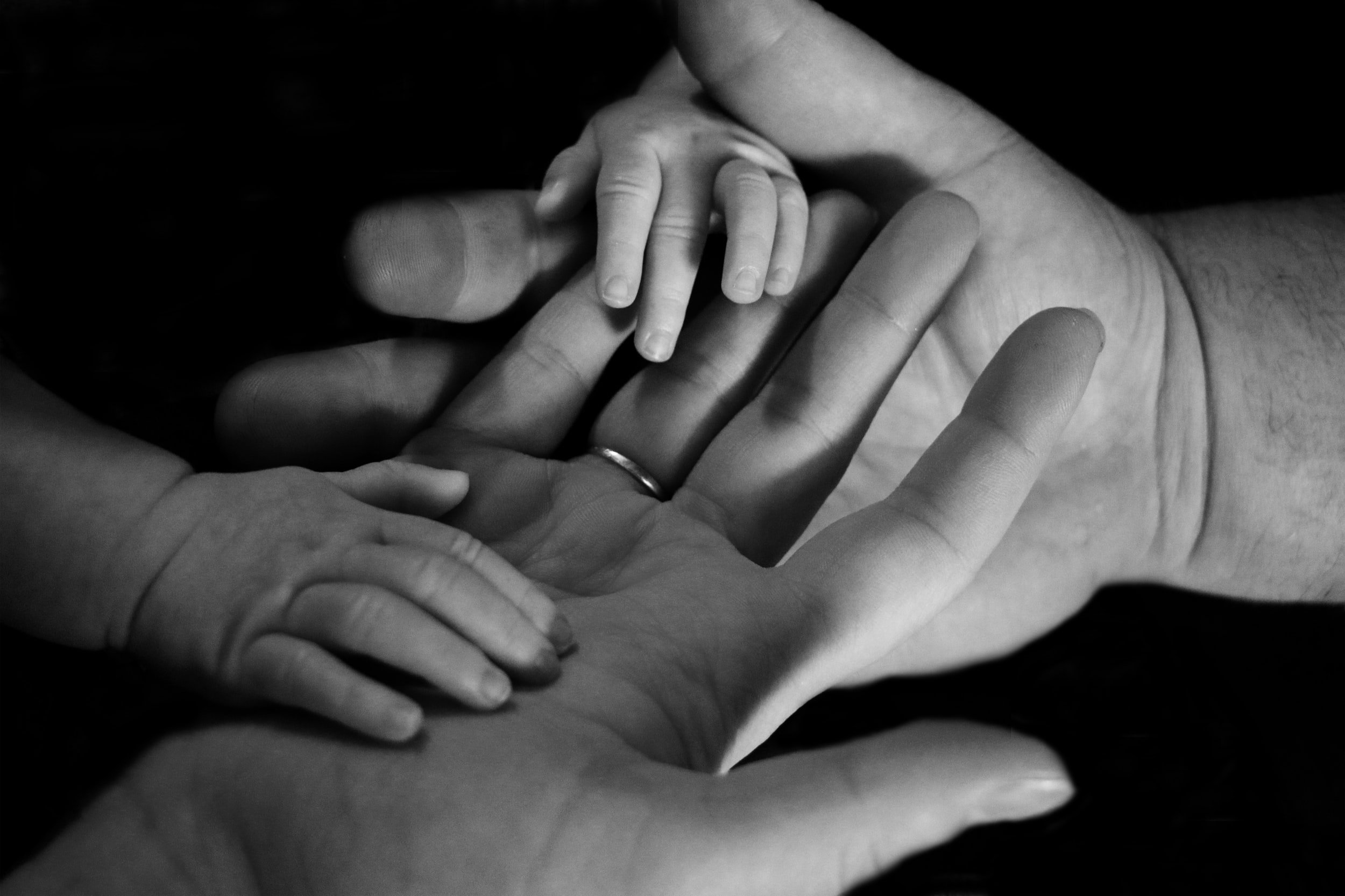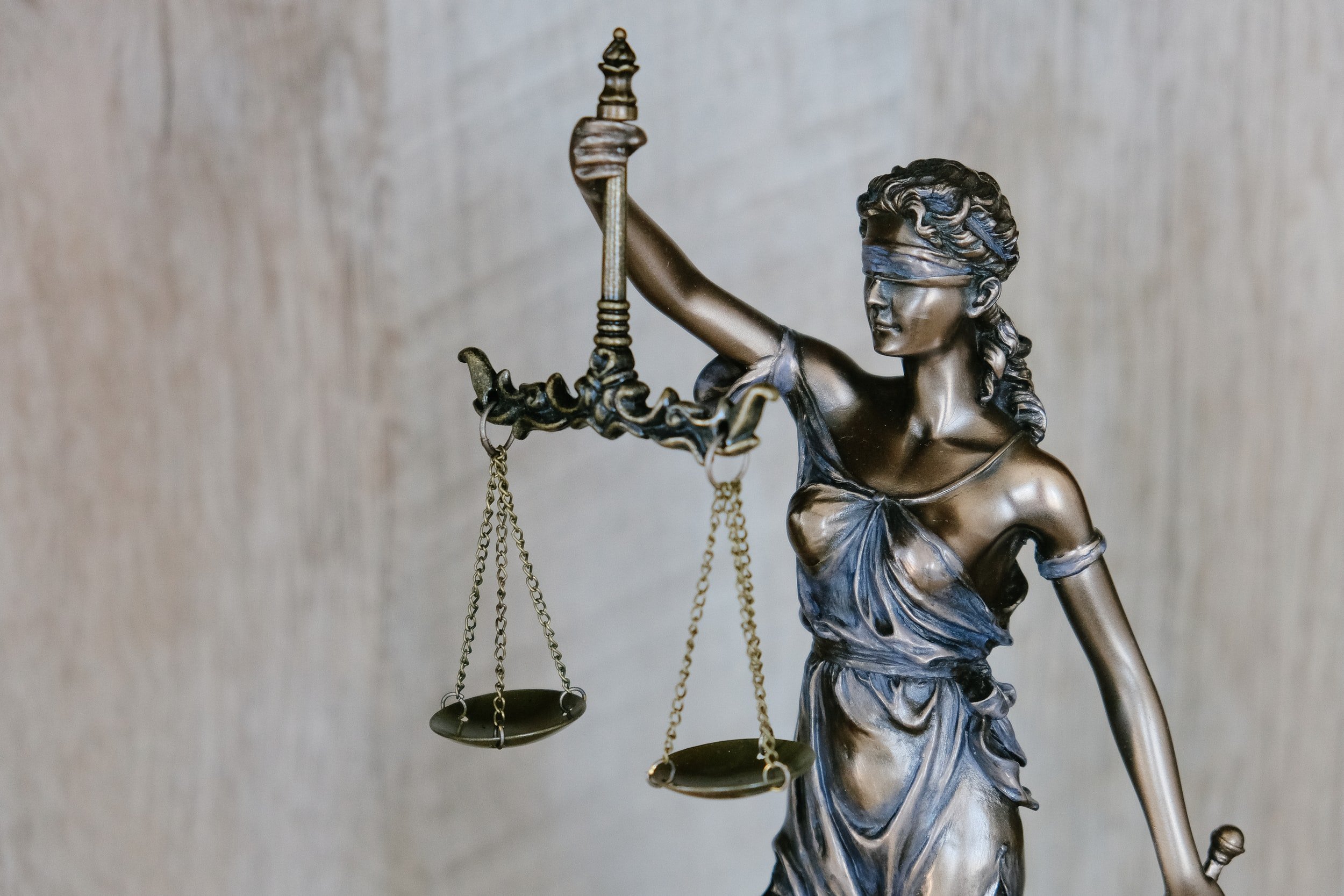Dual Federalism, Constitutional Openings, and the Convention on the Rights of Persons with Disabilities
The Convention on the Rights of Persons with Disabilities (“CRPD”) represents a historic achievement for the global disability rights movement. Yet, when the U.S. Senate refused to ratify it on December 4, 2012, its influence on American law and policy seemed doomed. The Founders, after all, had conceived of a constitutional vision—“dual federalism”—where the federal government acts as the ultimate arbiter of questions of international policy. But dual federalism has not endured. Cities, counties, and states have become key decision-makers in areas once dominated by the federal government, and they have also become champions of the CRPD. This Article explains that “foreign affairs federalism” is at the heart of this paradigm shift. This new status quo reveals that the Constitution leaves ample room for subnational entities to engage on issues of international scale.
Equality and Family Autonomy
This Article argues that a functional approach to family law—treating those who have acted like family as family—undermines principles of family privacy and autonomy, and ultimately may not secure equal treatment for certain families within communities of color and and LGBTQ communities. In doing so, this Article challenges not only the functional turn in family law, but feminist scholarship that has been critical of family autonomy and privacy doctrine. Building on the consistent defense of privacy that emanates from women scholars of color, Professor Katharine K. Baker demonstrates how functional analyses demand interference and judgement that is likely to tear at the fabric of minority communities.
Predicting, Up and Down: A Framework for Legal Prediction
This Article provides the results of an empirical survey (nearly 200 currently sitting U.S. judges) of judicial thought on legal prediction, and it uses these results, along with an analysis of legal prediction cases in U.S. law, to argue that current legal scholarship has missed an important distinction in legal prediction problems: predicting up (What will the agent of a subsequent legal decision do? That is, what will the prosecutor decide? How will the court rule?) and predicting down (What will the object of the legal decision do? That is, will the defendant show up for court? Will he recidivate?). An example of a court predicting up is Barnette v. West Virginia State Board of Education, where a lower court anticipated a shift in higher court thinking. An example of a court predicting down is Miller v. Alabama, where the Supreme Court limited life without parole sentences to only those juveniles who are considered “irreparably corrupt.” There are unique issues that inhere to these distinct classes of prediction problems, such as technological-legal lock-in, the need for lay connection to legal processes, and the risk of racial bias.
Turning to the States: Why Voting Rights Advocates Should Bring Voter ID Challenges to State Courts and How to Identify a Friendly Forum—Lessons from the Post-Crawford Decisions
The “myth of voter fraud” poses a significant threat to American democracy by both disenfranchising large numbers of voters and by weakening the public’s faith in elections. Noting that about twenty-one states currently enforce strict voter ID requirements, and that many state legislatures are in the process of further restricting access to the polls, this Comment urges voting rights advocates to challenge voter ID laws in state court—and proposes potential pathways for doing so.
Protests, the Press, and First Amendment Rights Before and After the “Floyd Caselaw”
During the protests that followed George Floyd’s death at the hands of law enforcement in 2020, a number of journalists were arrested on the job. A series of journalists fired back with lawsuits, asserting that their constitutional rights were violated. Collectively referred to as the “Floyd Caselaw,” these cases present a compelling portrait as to the status of First Amendment rights in the United States, and hint at broader acceptance of judicially-recognized press rights.





